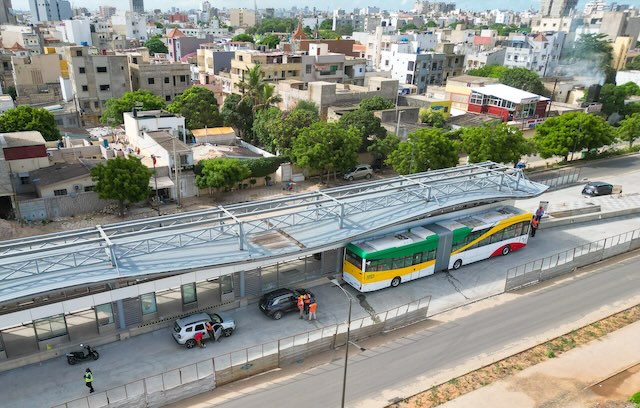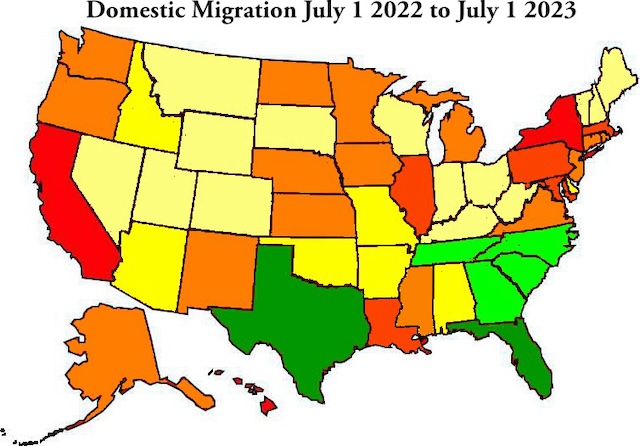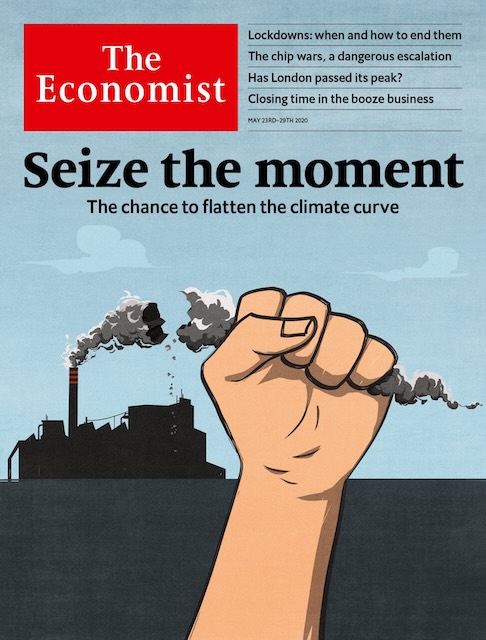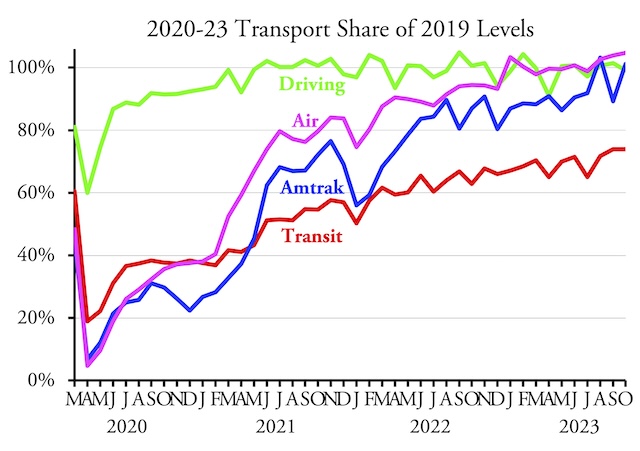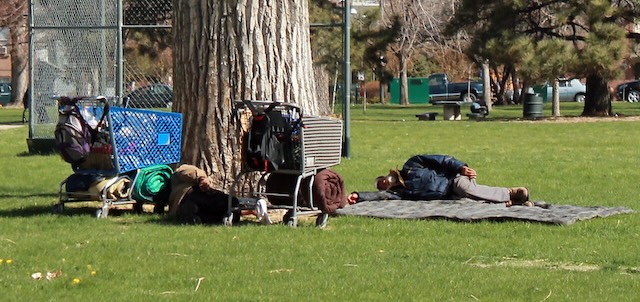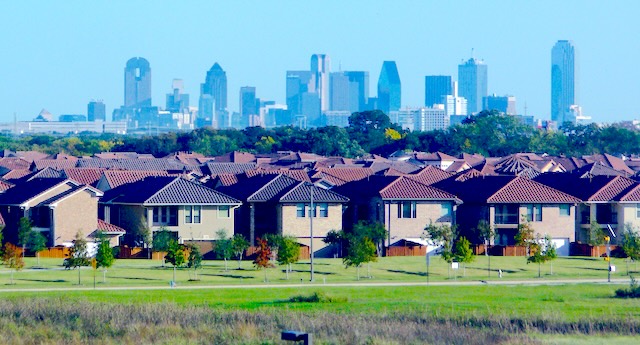The World Bank is promoting bus-rapid transit as “green” and “sustainable transportation” that is “faster and cheaper to build than Metros,” meaning heavy rail. When operated with all-electric buses, says the agency, BRT will “cut life-threatening air pollutants” as well as greenhouse gas emissions.
A bus-rapid transit station in Dakar, Senegal. Photo courtesy of CETUD.
The World Bank is absolutely correct about the faster and cheaper part. However, it is overpromising when it comes to taking cars off the road. “Developing country cities that have not yet fully developed their land use and transportation infrastructure around cars can leapfrog car-centered culture and prioritize efficient, low-carbon urban transport that focuses on people rather than vehicles,” says a World Bank official. This is pure rhetoric that consigns developing cities to economic stagnation. Continue reading

